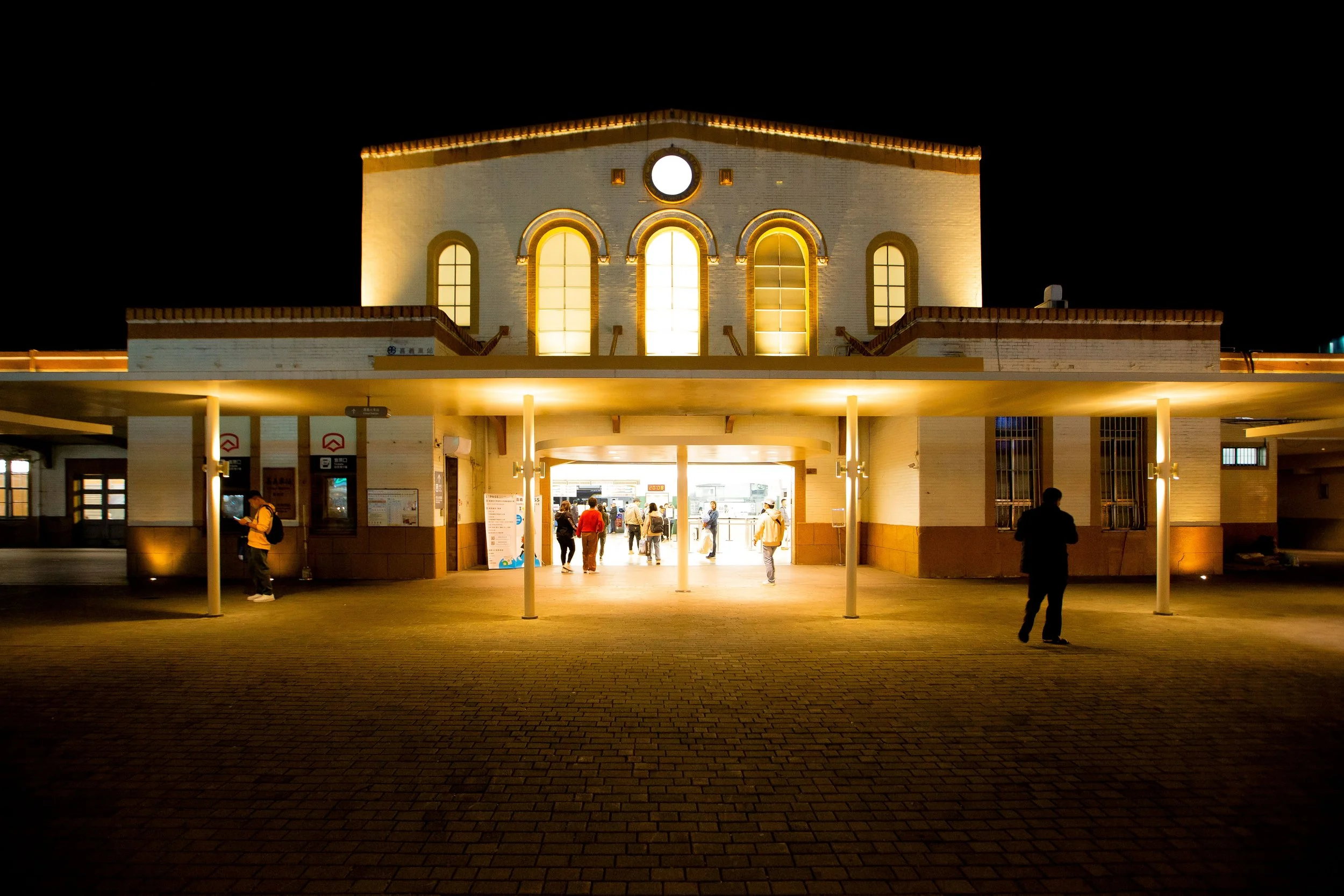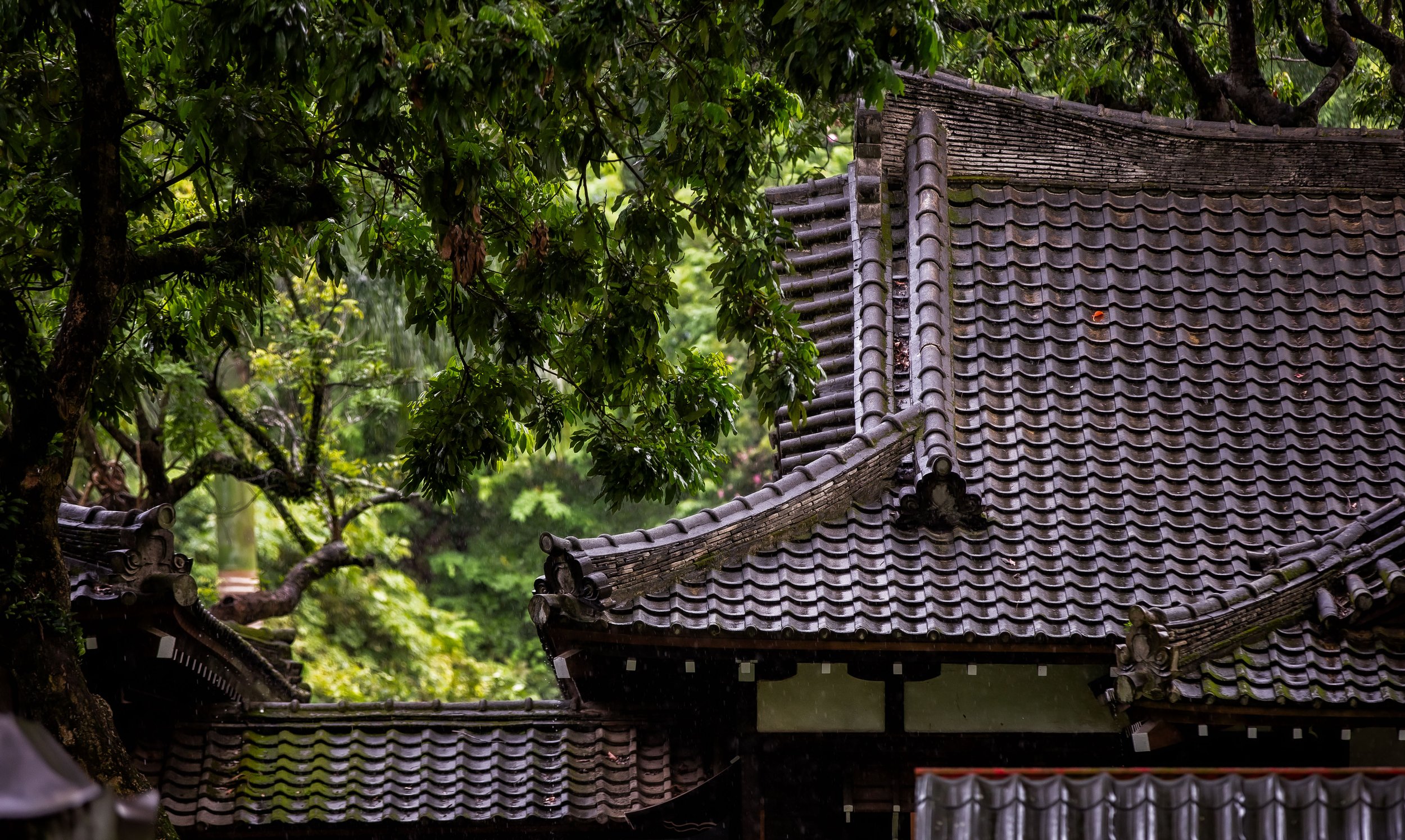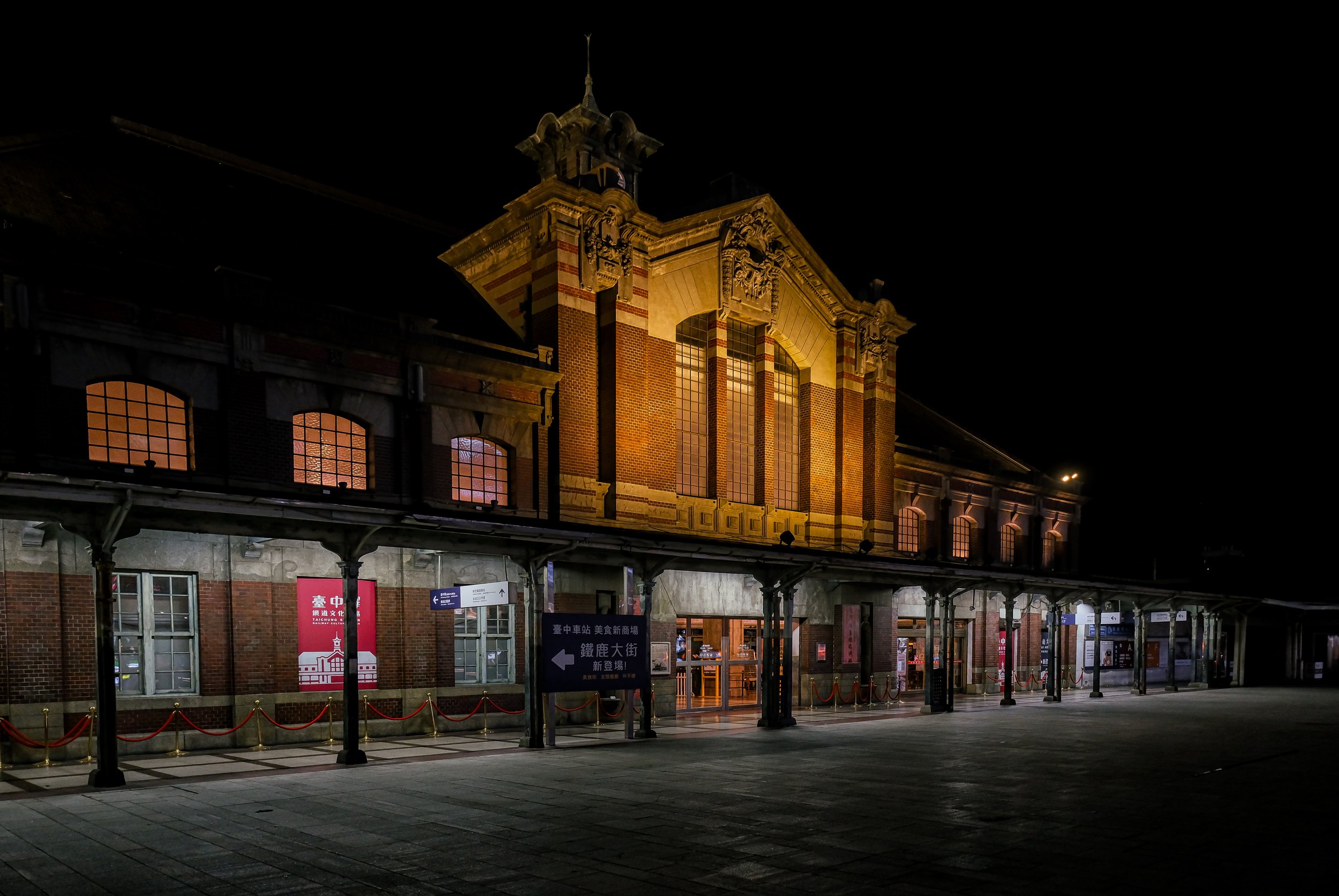Every year when December rolls around and I start thinking about writing one of these yearly review posts, I’ve made it a habit to look back at what I’ve written in the past to see how I was feeling about the year prior, and of course, my expectations for the new year.
Even though I feel like the concept of a “New Year” is arbitrary in terms of how things are going, people generally like to believe that things may improve from the year the just passed.
Looking back at my review posts from 2019 and 2020, I was certainly optimistic.
In retrospect, I guess you could say I was pretty naive.
Now that 2021 has come and gone, I’m not sure the positivity that I typically try to have for the new year will really shine through this time around. 2021 was a messy for the the world, and even more so personally.
And 2022 looks as if it is going to be more of the same given the way this new variant is infecting people.
Still, I’ll try my best to be positive.
I think we all started 2021 hoping that we would be able to put this terrible pandemic behind us - things were improving and the world was starting to vaccinate itself against COVID-19. Unfortunately the virus has continued to mutate and all of these variants is making a return to normal quite difficult.
As I’m writing this, the situation back home in Canada is completely out of control and Christmas is all but ruined with many families cancelling events, and provincial governments putting caps on gatherings.
Obviously, I think it’s important that people should be free to make their own decisions about their health, but vaccine hesitancy has clearly prolonged this pandemic, and we all have to suffer for it.
Here in Taiwan, 2020 was pretty much a COVID-free year - We lived life as usual, and it was admittedly pretty awesome. Things were so great that the vaccines purchased by the government were close to expiring as there was little interest or need to take them, unless you were traveling abroad. So, in April I did my part and marched over to a local hospital with some friends to get my first shot.
Ironically, as we were sitting there waiting for the nurses to give us the okay to head home, news started leaking out that there was an outbreak in Taipei - and from there things went a little nuts.
Fortunately, the government here in Taiwan doesn’t really mess around, so as the outbreak spread across the capital, we were swiftly put to lock down, and I found myself stuck at home, with a full compliment of toilet paper and food to ensure that I’d be good for whatever was going to happen.
Even though I was fully prepared for the lockdown, this is where my year went to shit.
Shortly after my vaccination, my girlfriend visited the hospital to have something checked out.
It turned out that she had an irregular tumor, and it had to be taken out as soon as possible, so she was admitted to the hospital and put on a list for surgery. Unfortunately for us, that same hospital was dealing with the outbreak of COVID infections and it was put on lock down, which delayed her surgery.
After ten days of lying in a hospital bed, she was finally able to have it removed and the entire time I was stuck at home worrying as I was unable to visit due to the lock down.
While recovering from the surgery in the hospital, the bad news came that it was cancer, and she’d have to go through about six months of treatment. There was pretty much nothing I could do while she spent the next month in the hospital, so I was stuck at home bored and depressed at the same time.
Thankfully, I have a large library of photos that need attention, so I was able to spend quite a while working on old photos, and ended up starting a project to share ‘collages’ of different spots around the world on my social media. At the same time I spent quite a bit of time updating and improving things on this website.
Personally, I find that doing something productive is one of the best methods of combating depression, so I did my best to keep myself busy and worked my ass off.
Something you may have noticed this year is that I’ve slowed down when it comes to posting new articles. Sure, the lock down was one of the reasons for this but in lieu of new articles, I spent a considerable amount of time updating older articles and in some cases completely re-writing them.
Having been at this blogging thing for a few years now, I’ve streamlined the process of writing and how I present things - I’ve also learned considerably more about some of the things I write about, so some of the articles required updates, and being stuck at home alone for so long gave me that opportunity.
As my girlfriend was preparing to leave the hospital, one of the things we discussed during our daily phone calls was that her mom had always wanted to start a real-life version of “Happy Farm” (開心農場), so I took some time and found a suitable location, and rented a plot of land.
Before we started planting anything though, I had to grab my trusty hoe to divide the land up into plots. I quickly discovered that my hands aren’t really all that suited for hard labour. I finished every day with a bunch of blisters, and a sore back. Fortunately once they got back home and started the process of planting veggies, it became a great activity for mom, daughter and myself to get out of the house for a bit.
Thankfully, my services aren’t needed as much on the farm these days but we get weekly deliveries of fresh organic veggies and herbs, which is great!
As summer came, the outbreak settled down a bit and we started venturing out. It had been months since I had my camera out of the house, so I did my best to visit as many places as I could during my free time, traveling down south and back a couple of times.
I said earlier that I would find a way to be positive, so here it goes…
I’m happy to report that my girlfriend’s treatment has been a complete success, and life has returned to normal here in Taiwan with the COVID situation under control!
When she got out of the hospital, as a show of support, I let her shave my head, and I kept it shaved for the duration of her treatment. Now that she’s finished, her hair is growing back, and mine is back to normal.
Things may look bleak for the world at the moment, but personally I’m thankful that I have my best friend back, and that she’s happy and healthy.
Having gone through cancer treatment myself during my university days (a very mild form of skin cancer), I can understand her current outlook on life when it comes to making positive changes, so the coming year seems like it will be one that will see some big changes for our lives, and that is something to look forward to.
Wherever you are, I hope that 2021 wasn’t entirely terrible, and that you have something positive to look forward to in the new year. I’m a firm believer that we should make an active effort to hope for the best, and more importantly learning from our past mistakes so that we can evolve past this pandemic and return to life as usual (with some obvious changes to some of the ways we did things before!)
As I move on, I’ll touch on the direction I’ll be heading in with some of my blogs in the new year. Then, as usual I’ll list my favorite blogs of the year (hint: They’re not yours!), and then talk about the blogs that y’all seem to appreciate the most. Finally, I’ll end with some of my favorite photos of the year.
Plans for the New Year
One of the things that seems to change on a yearly basis is the style of which I process photos.
As my post-processing skills have improved over the years, I’ve taken inspiration from other photographers, and my style has evolved to the point where I feel like I’m finally finding a balance. There is still quite a bit of room for improvement and I’m still learning, but I’m in a place where I’m feeling happier with the photos I’ve been producing.
So in the new year, I plan to keep refining this style and hopefully the photos I’m producing will be nicer.
Interestingly, I’ve discovered that the direction I’ve taken with my blog articles over the past few years, namely those related to the Japanese-era, aren’t really what most readers care about as they tend to be the ones that attract the least amount of traffic.
To solve this issue, I’m going to focus more on… no wait.. I’m going to keep posting about what I want to write about! I do have quite a few travel-related blogs prepared for the new year, so I’ll be adding some articles that (hopefully) people other than myself care about.
That being said, I have a long list of Japanese-era related stuff to post about and even more to visit, so this year will be likely remain more or less the same as those in the past. I will continue working on an ambitious project related to the railway in Taiwan that should encompass dozens of articles, so I hope that someone out there will appreciate all the work I’ve done documenting this important part of Taiwan’s history.
Similarly I will continue visiting Martyrs Shrines, Confucius Temples, Martial Arts Halls, etc. to improve on already existing projects.
And hopefully at some point we’ll be able to travel outside of Taiwan for a much needed vacation!
Your Favorite Blogs of the Year
2021 has been a bit of weird one in terms of traffic on this site, given that most of my articles are travel-related and very few people this year had the ability to travel (or required travel recommendations). That being said, those articles that received the most attention this year differ slightly from years prior, so I’m happy to see a bit of variety in this year’s list.
The blog that attracted the most attention this year was the comprehensive Cherry Blossom Guide I wrote a few years back. This is one of my articles that gets updated quite often, so even though the blossom season only lasts for the first few months of the year, I’m happy to see that it continues to be of use to people.
The article I wrote about the (mostly abandoned) Wanli UFO houses a few years back continues to attract quite a bit of attention with urban explorers and local media. I had never really expected this article to amass even a fraction of the traffic that it has received, but for the past few years it has been one of my most popular articles. I actually have the area on my list of places to visit so that I can get more photos, so I hope to update it at some point with new photos.
Honestly, this one was a bit of a surprise to me - I posted this blog about central Taiwan’s Yuanzui Mountain a few years back, but it suddenly became quite popular over the past year attracting a considerable amount of traffic. It’s possible that the hike has become more popular over the past year or two, so lots of people are looking for information about it - If that’s the case, that’s pretty cool. This article however is another that I have slated for an update as I’d like to get better photos as well as do a bit of rewrite on the information I provide.
Having the Tainan Confucius Temple pop up on my list of most high visited articles this year was also a bit of a surprise. The article was published a few years back, so the sudden amount of interest in it remains a bit of a mystery to me. Of course I’m pleased that people are taking interest in one of Taiwan’s most historic temples as it deserves quite a bit of recognition. But when I look at the articles that are attracting a lot of attention, I often feel like I should update them. I have plans to visit Tainan in the new year to visit some other important destinations, so perhaps another trip to the Confucius Temple is in order!
Similar to last year’s results, the article detailing my experience with a stalker in Taiwan has attracted quite a bit of attention over the past year. Truthfully, it should probably be in the number two spot in terms of analytics, but as usual I prefer to focus more on positive experiences. For the longest time, Taiwan’s laws have been quite terrible at dealing with weirdos like this - often to very detrimental effects on their victims. So it seems that the information that I provide in the article has been useful (or eye-opening at least).
Looking on the bright side, the government passed new legislation regarding punishment for cyberstalking and harassment, which are slated to come into effect a few months into 2022, which is absolutely great news and will require a bit of a rewrite of the legal information provided in the article.
Some of your other favorites: Stegosaurus Ridge (劍龍稜), Wuliaojian (五寮尖), Qixing Mountain (七星山), Fire Mountain (火炎山), Four Beasts Hiking Trail (四獸山步道), Gullfoss Waterfall, Trinity College Library.
My Favorite Blogs of the Year
As I mentioned earlier, the blogs I’ve produced this year that I appreciate the most haven’t even come remotely close to those that those of you visiting the site enjoy the most. I’ve come to realize over the years that the odd things that I spend time researching and writing about aren’t exactly everyone’s cup of tea, but I still feel that it is important to document relics of Taiwan’s history as best as I can. With that being said I feel like I’ve published some important articles this year that I think deserve a bit more attention.
One of the articles that I spent a considerable amount of time on this year was an introduction to the Japanese-era remnants of Daxi (大溪), a historic village nestled in the mountains of Taoyuan.
The article introduces the various Japanese-era buildings that remain in the village today and provides links to those that I already have published articles about. This remains to be one of my ongoing projects and the article will continue to updated throughout the new year.
Another one of my projects this year involved rewriting and updating my articles about Taiwan’s remaining Japanese-era Martial Arts Halls. These buildings often feature the most traditional of Japanese architectural design, and just so happen to be some of the most beautiful Japanese-era buildings that remain in Taiwan today.
While updating some of the articles, I decided that it would be better to have an article that contained all of the important general history of these halls, their purpose, and why they were important before linking to those that remain in Taiwan today.
The end result is the most comprehensive and most detailed introduction to these Martial Arts Halls that exists in the English language, which is something I’m quite proud of.
Perhaps one of my most ambitious articles of the year, I covered a topic that is barely even covered in the Chinese language, apart from those who may have written a masters thesis on the subject. Essentially I spent a considerable amount of time in the library researching how the Taiwanese government has adopted the ‘public-private’ approach with regard to the conservation of historic buildings. Obviously paying for the restoration of all of these historic buildings requires a considerable amount of public funds, so the government has followed the lead of some European countries in allowing for the participation of public enterprises in order to recoup some of the funds that were committed to preserving historic buildings around the country.
In the article I used a beautiful Japanese-era police dormitory that was converted into a hip coffee shop in Taitung as a case study for how these partnerships are working across the country, and how they have allowed the government to restore so many historic properties across Taiwan.
While writing about the Japanese-era, I often spend a lot of time speaking to how much development took place over the fifty year period of colonial rule. It is important to also recognize however that while that development was taking place, atrocities were also common place.
In order to completely control Taiwan, the Japanese ended up murdering those who resisted, which includes a considerable amount of the indigenous population.
For this article I hiked through a thick bamboo forest while being chased by angry mountain dogs in search of this ‘loyal spirit monument’ erected as a memorial to the Japanese soldiers who perished during one of these massacres. The little-known monument just outside of the popular tourist town of Sanxia doesn’t receive much attention, but it is a part of the dark history of the Japanese-era and telling its story was one that left me with a sinking feeling in my gut for quite a while.
Finally, in what was one of my only temple-related blog posts of the year, I finally got to writing about one of my favorite Taiwanese places of worship, the Taiwan Prefectural City God Temple.
As the first place of worship dedicated to the City God (城隍爺) constructed in Taiwan, this historic temple is also one of the oldest places of worship in the country, and is a pretty popular place for locals and tourists alike.
Unfortunately very little has been written about the temple in English, save for short blurbs about its age. Seeking to rectify this problem, I did my typical deep dive about the history and architecture of the temple and ended up publishing one of the most in-depth articles about the temple in any language.
My Favorite Photos of the Year
I tried my best to get out with my camera as much as possible this year, but 2021 ended up being a really terrible year with regard to taking new photos. The lockdown, my partners illness and gardening took up most of my time, and prevented me from taking the camera out to do what I enjoy most.
Even though I didn’t end up getting out as much as I would have liked this year, I did spend a considerable amount of time working on photos and rewriting and updating previously published articles, so it wasn’t a complete loss.
The photos I’m choosing as my favorite of the year probably aren’t what most would choose, but they have sentimental value, which is why I’m putting them here. Some of them will be featured in future blog posts, so keep an eye out for those as well!
Qiding Tunnel (崎頂隧道)
One of the first excursions I was able to take after my girlfriend finished her treatment was a quick day-trip to Miaoli where we visited a number of spots that I had on my places to visit. One of our first stops that day was the abandoned Qiding railway tunnels. The Japanese-era tunnels have become something of an Instagram hot spot in recent years, so I was happy to snap this photo of her in front of the tunnels with rays of light shining down. I actually have this photo framed and sitting on my work station.
Double Ten Flags (雙十國旗)
While I’m not particularly a huge fan of the ‘Republic of China’, or its flag, I enjoy a bit of irony every year when I head out to the Longgang area of Zhongli on the Double Ten National Day in October to see what’s going on. This year the place was crowded with people as usual, despite the pandemic, and I snapped this shot of the flag with the sun shining through.
Keelung Skywalk (基隆天橋)
The famed Keelung Skywalk has been featured in movies, television, music videos, etc. Its one of those places in Taiwan’s northern-most city that has become quite iconic. Unfortunately now that the newly constructed Keelung Railway Station has been completed, the skywalk has become obsolete and there are plans for it to unfortunately be torn down. We’ve been hearing that it’ll disappear at any moment, but until now it’s thankfully still standing. Hopefully cooler heads will prevail and these iconic skywalks will be preserved.
Xinxikou Suspension Bridge (新溪口吊橋)
On an excursion with my girlfriend and her mom earlier this summer, I took them up to the mountainous area of Taoyuan to visit Xiao Wulai (小烏來), the Yixing Suspension Bridge (義興吊橋), the Xinxikou Suspension Bridge. One of my goals for this trip was to get new photos in the Xiao Wulai area so I could do a complete overhaul of my article about the area, unfortunately much of the park was closed to visitors as the area near the waterfalls was undergoing construction.
After leaving the area we visited the newly reconstructed Xinxikou Suspension Bridge (新溪口吊橋) nearby and I snapped this beautiful photo of the bridge flanked by the mountains of Taoyuan. This is one of those photos that I feel counters any argument that Taoyuan is an ‘armpit’ or some industrial cesspool.
General on Fire
Fortunately the COVID outbreak in Taiwan and the lock down ended long before the annual Qingshan King Temple Festival (青山靈安尊王) in Taipei’s Wanhua District (萬華區). This year I was able to attend the first night of the event to take some photos of the annual procession and was able to snap this shot of one of the generals in action. Unfortunately this photo will remain a memorable one for me as just after taking it another photographer barged past me with smacked my camera breaking the glass on my lens.. not cool..
Shanjia Railway Station (山佳車站)
The final photo I’ve chosen as one of my favorites isn’t all that special in terms of photography, but I think it displays the new style that I’ve been attempting to apply while post-processing photos.
So even though it’s not a spectacular photo, I think this is something that you’ll probably see a bit of in the coming year with its warm, yet subtle palette of colors and lines.
Before I finish, I’ll leave you with a gallery of some of the photos that I’ve updated and improved upon over the long lock down that we had to deal with over the summer.
And that’s all for this year, once again I hope 2021 wasn’t as terrible for you as it was for me, and here’s hoping for a calmer new year where life can eventually go back to normal!
Happy New Year everyone! 新年快樂!
















































